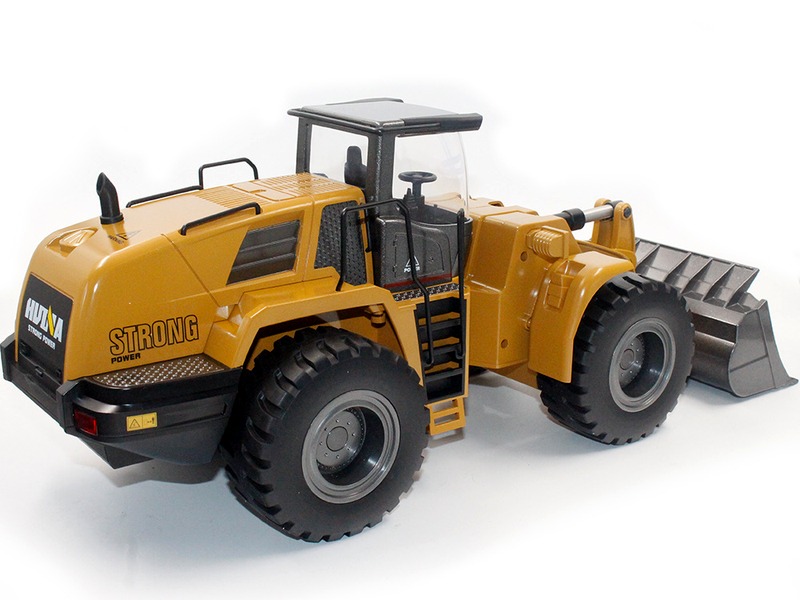Are RC car motors AC or DC?

RC car motors are typically DC motors. DC motors are powered by direct current (DC) electricity, meaning the current flows in one direction. DC motors are the most common type of motor used in radio controlled (RC) cars, trucks, and boats.
DC motors are preferred for RC car motors because of their simplicity, low cost, and ease of control. DC motors are also highly efficient and require little maintenance. In addition, the speed of a DC motor can be easily adjusted by changing the voltage applied to it. This makes DC motors ideal for RC car applications where the speed of the car needs to be controlled.
The main difference between AC and DC motors is the way they convert electrical energy into mechanical energy. AC motors use alternating current (AC) electricity, which means the current flows in both directions. AC motors are more complex and expensive than DC motors and require more maintenance. They are also less efficient and can’t be as easily controlled as DC motors.
Most RC car motors are brushed DC motors. Brushed DC motors have two sets of coils, one for the armature and one for the field. The armature is the rotating part of the motor and the field is the stationary part. When a voltage is applied to the armature, it creates a magnetic field that interacts with the field, causing the armature to rotate. The speed of the motor is determined by the voltage applied to the armature.
Brushed DC motors are simple and reliable, making them ideal for RC car applications. They are also relatively inexpensive and easy to control. The main disadvantage of brushed DC motors is that they generate a lot of electrical noise, which can interfere with other electronics in the car.
Brushless DC motors are becoming increasingly popular in RC cars. Brushless motors are more efficient and generate less electrical noise than brushed DC motors. They are also more expensive and require more complex electronic controls. Brushless motors are typically used in higher-end RC cars and boats.
In conclusion, RC car motors are typically DC motors. DC motors are simple, reliable, and easy to control, making them ideal for RC car applications. Brushless DC motors are becoming increasingly popular in higher-end RC cars and boats due to their efficiency and lower electrical noise.
Comments / Question
AC motors and DC motors are both types of electric motors used in RC cars. The main difference between AC and DC motors is the type of current they use. AC motors use alternating current (AC) while DC motors use direct current (DC).
AC motors are typically more powerful than DC motors, and are able to generate more torque and higher speeds. However, AC motors are also more expensive and require more complex circuitry to operate.
DC motors are less expensive and simpler to operate than AC motors, but they are not as powerful and are not able to generate as much torque or speed.
The type of motor used in a RC car will affect its performance. AC motors are usually used in high-performance RC cars, while DC motors are more commonly used in lower-end models.
• More efficient and reliable than DC motors.
• Produce more torque and power per watt of energy.
• Are easier to control and maintain.
• Can be used to power a variety of vehicles, like boats and airplanes.
Disadvantages of AC Motors in RC Cars:
• More expensive than DC motors.
• Require additional components to control speed and direction.
• May require additional cooling since they generate more heat.
Advantages of DC Motors in RC Cars:
• Less expensive than AC motors.
• Easier to control and maintain.
• Can be used to power a variety of vehicles, like boats and airplanes.
Disadvantages of DC Motors in RC Cars:
• Not as efficient and reliable as AC motors.
• Produce less torque and power per watt of energy.
• May require additional cooling since they generate more heat.

